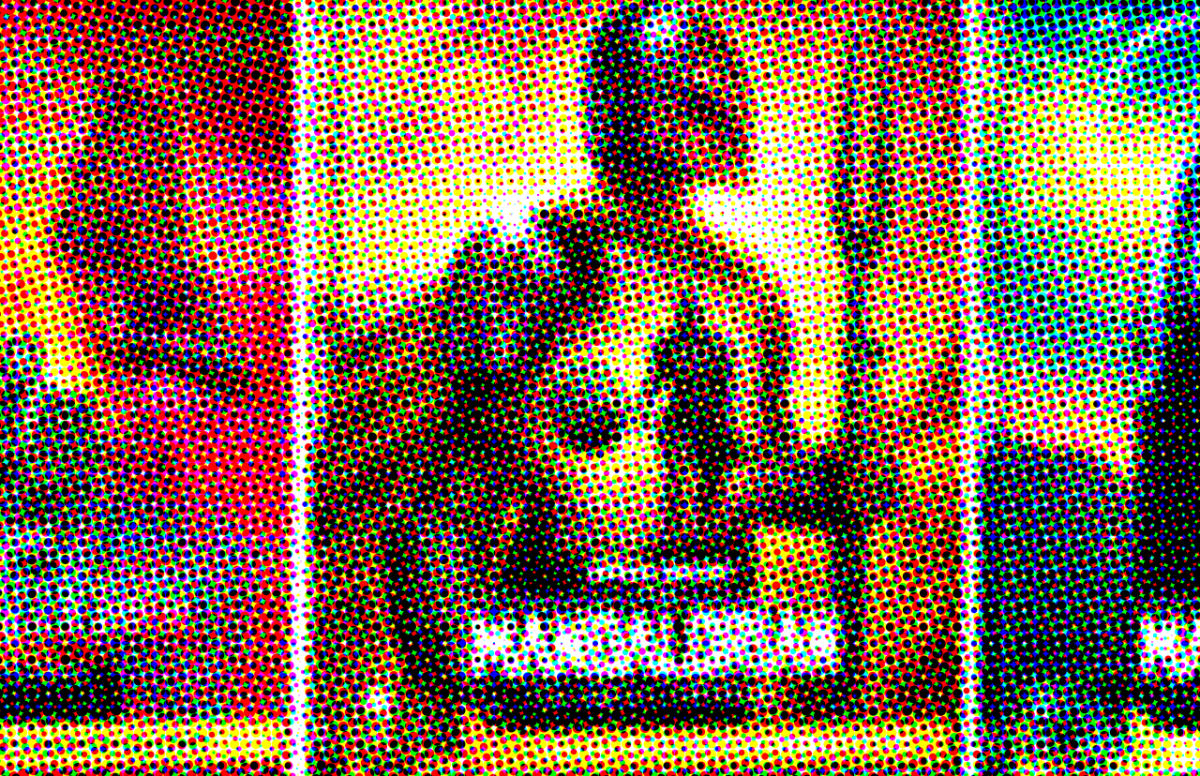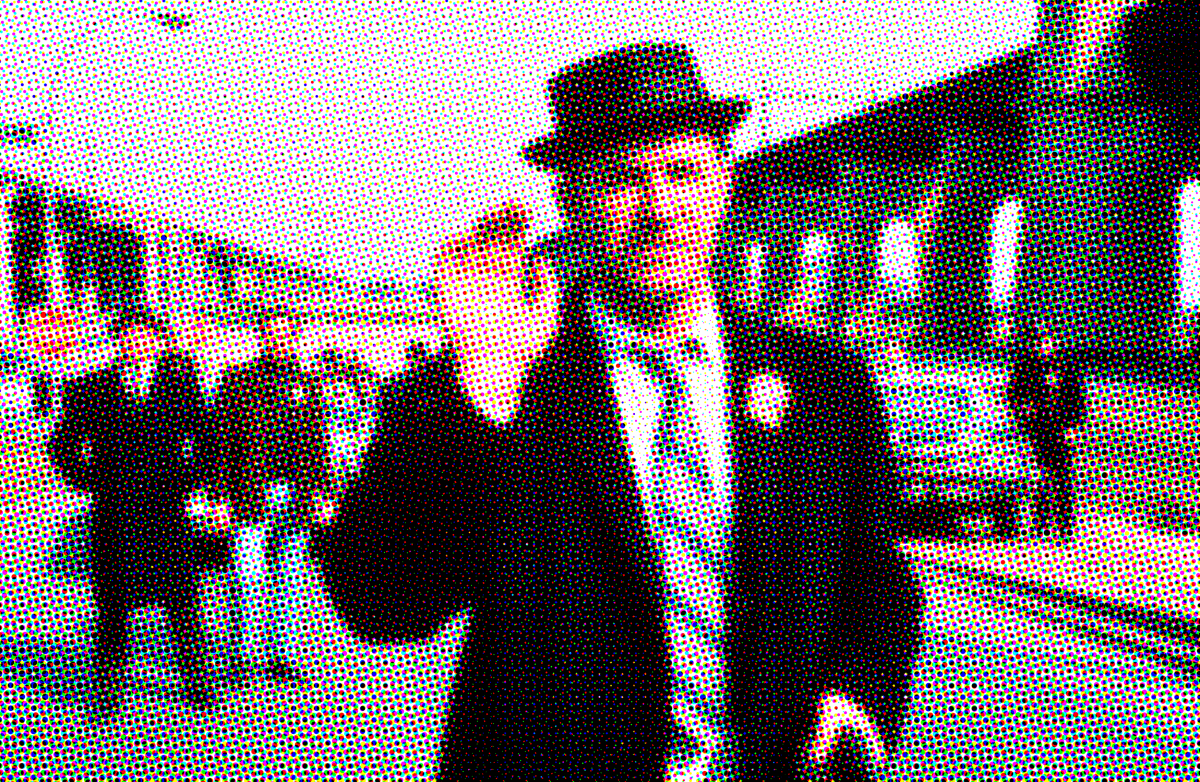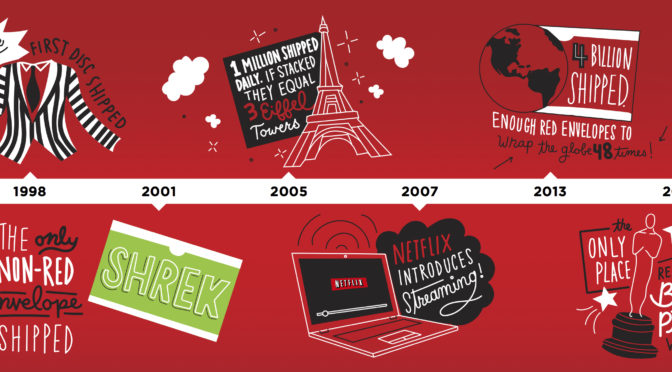originally published on Inside the Envelope
Continued from Part 1 / Part 2 / Part 3 / Part 4 / Part 5 / Part 6 / Part 7 / Part 8
Disney shocked the world – okay, maybe not the world, but at least the author of this column – when they announced real, honest to god, physical media Blu-ray and 4K releases of the Disney+ series The Mandalorian, WandaVision, and Loki. This marks the first time that any of the platform’s content will be making its way to a retail disc. Coming on the (relative) heels of the 2020 announcement that they would cease to release their live action films on 4K (with exceptions for Star Wars, Marvel, and James Cameron), this is surprising news, but maybe it shouldn’t have been.
As I said in an old Only on DVD column, “DVD is dead. Long live DVD.” We’re currently living in a world that is at once trying to kill physical media and milk it for everything that it’s worth. Some market reports have suggested that physical media sales are up 10% so far in 2023. Without a multi-year trend, that’s little more than an encouraging statistic – but we can’t hang any hats on it because we also just learned this month that the once largest business-to-business home entertainment distributor will cease to ship discs once their inventory has been depleted. The Ingram CEO cites increasing overhead with diminishing returns as the reason for Ingram’s exit from the business. I’m not sure what this really means for the consumer since rental chains had already ceased to exist, big-box stores hardly stock any physical media, and we already purchase most of our DVDs directly from niche distributors and – let’s be honest – Amazon.
While I’m encouraged that Disney hasn’t totally abandoned the consumer, the announcement of three of their flagship properties (all Star Wars and Marvel) doesn’t exactly fill me with hope for more. What about the 76 movies and TV series that disappeared from Disney+ and Hulu in May? (I wasn’t finished with The World According to Jeff Goldblum, you heartless bastards.) The only thing we can do with any kind of purpose is support physical media with our dollars. That’s the language these companies speak. All we know for sure is that if there’s money to be made these companies are going to find it.
They don’t really care about the consumer. If they did, we’d see a lot more physical media available for people who can’t or won’t subscribe to the streaming channel.
They don’t care about the creatives producing content for their streaming services. If they did, we’d see a lot more physical media available at the request of the creators who fear that their work will be deleted from existence without warning due to those pesky residuals. That said, fallout from the WGA/SAG-AFTRA will ultimately change how the companies do business with their talent – and it might lead to an even more rigorous culling of streaming content.
Of course, Disney isn’t the only company under siege from a vocal, critical minority. Director Michael Flanagan has taken to the social media airwaves to publicly praise those enterprising individuals that have pirated his unreleased-on-DVD Netflix series as “noble archivists.” Without physical media releases, he notes, his work could disappear without a trace. Flanagan had been a mainstay on Netflix with The Haunting of Hill House, Gerald’s Game, and Midnight Mass. Only The Haunting of Hill House and The Haunting of Bly Manor have received physical media releases – because they were co-produced by Paramount, which retained home video rights. At one point Netflix promised to follow through on releases for his work, but ultimately failed to do so, explaining that it just wasn’t a “priority.” This conversation with Netflix, in part, caused him and his production partner Trevor Macy to move their new projects to Amazon Studios.
Will Amazon release Flanagans’ series? We are, after all, still waiting on a release of the platform’s most popular series, The Marvelous Mrs. Maisel. The grass is always greener.
Michael Flanagan’s not wrong. There is a preservational aspect to home media that most people just aren’t talking about. And they’re not talking about it because, as a collective, we’ve been brainwashed into thinking that the things we love will always be available at the click of a button. And it’s just not true. I talked to a film preservationist to confirm my suspicions that studios aren’t likely taking the precautions necessary to preserve digital content.
But let’s get back to that “always available” issue because there’s an aspect of this issue that I’ve never really talked about. Consumer burnout.
My dad called me the other day because he wanted to watch the Sony Pictures Classics movie The Phantom of the Open (2021). He, like many of us, subscribes to a healthy number of streaming services and assumed it had to be available somewhere on one of them. He didn’t want to rent it because he’s already paid a considerable sum for Peacock, Netflix, Paramount, Prime Video, etc. on top of his regular cable bill. I tried to run through the standard explanation about the way streaming services license movies for exhibition, but stopped myself because maybe he had a point. How much are we expected to pay to watch what we want when we want it? At what point does this model collapse because it’s just too difficult or too expensive for the average viewer to manage?
As a result of having researched the streaming business model for this series of columns for DVD Netflix, I’m fully aware of the methodology. I’m also fully aware that my own viewing habits require me to track down movies I know with 100% certainty are not available to stream. I’m an outlier. The average consumer doesn’t just shrug when faced with a $4 rental charge on top of the $50+ they’ve already shelled out for a handful of services. It’s all currently unsustainable. Some of these services will begin to disappear, taking their content along with them.
When DVD Netflix began shipping envelopes in the late 1990s it felt like we had the world at our fingertips. If it was available on disc, we could probably rent it for a relatively low monthly fee. Corner mom and pop video stops were still hanging on, Blockbuster (*spits*), and DVD-by-mail supplied anything we could possibly want. During these halcyon days, I remember thinking that that was the best of all possible worlds. Laserdiscs had improved upon VHS by giving us improved picture and sound with the correct cinematic aspect ratios. DVDs made that hobby affordable and improved the image even further (even though the compression ruined the laserdisc sound mixes). We even had entire runs of classic TV series in a package the size of a Tolstoy novel. Movies we’d never had the chance to see – or see correctly. (Had we really seen Lawrence of Arabia if we’d only seen it on a 4:3 Full Frame VHS tape?)
Still, we wanted more. Over the next two decades, the “more” we wanted resulted in the surrendering of control – the control we’d gained in the VHS wars over the content we owned and watched – returned to the production companies and media conglomerates. They’re once again working to control what you watch, how you watch it, and when you watch it. Ideally supplanting everything with cheap, disposable content that’s really just pretty okay and probably written by AI.
They would like nothing more than to eliminate the home video distribution of movies and TV series. With that in mind, do you know why Disney released The Mandalorian on 4K and Blu-ray? Obviously, money. They haven’t totally taken that control back – not yet – and not as long as we continue to make the case for physical media. Not as long as the Michael Flanagans of the world – successful streaming filmmakers – stand up to take back control over their art. Disney recognizes that there’s still money in disc-based entertainment. If we continue to support content that can be owned and never adulterated, we can curate our own content libraries. We still hold the control.
This is the last month of DVD Netflix [author’s note: this was published in September of 2023]. I’m sad because I won’t get any more little red envelopes. I’m sad because this is my last column for “Inside the Envelope.” I will continue to write about movies and physical media elsewhere, but this particular gig felt important because you, the reader, cared as much as I do. Most importantly, the DVD Netflix employees cared as much as we all did. It was an absolute pleasure working with them and for you, bolstering your queues and making sure you never ran out of enthusiasm for the envelopes in your mailbox.
This final ‘Only on DVD’ column serves as a so long for now, but not a farewell forever. The spirit of our relationship continues as long as you continue to seek out new-to-you movies and pass along recommendations to your friends and family. Keep forcing companies like Disney and Netflix to acknowledge that there’s money to be found in the hills of DVD distribution. Let them continue to pretend that they’re doing it for the fans (because it makes them feel good). Each disc you buy or rent is a small act of film conservation.
Keep them all circulating.
It might be a little harder without DVD Netflix, but we survived pan-and-scan so we can do anything. Godspeed, weary moviewatcher.



